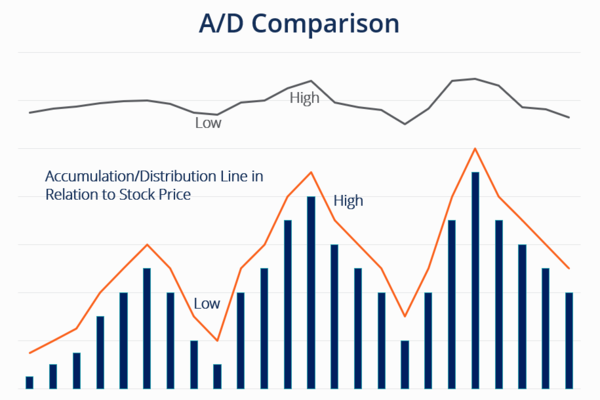Sliding point refers to a trading phenomenon where a customer places an order at a trading point that differs from the actual trading point.Many people know what sliding points are, but as for how they are generated, they don't know. Some people say that the market changes greatly, so there are sliding points; Some people even say that it is impossible to avoid sliding points, but this is actually incorrect. The correct statement is that the sliding point is either intentional by the dealer or the dealer service cannot keep up.

Sliding point generally refers to the deviation between the actual transaction price and the preset transaction price, which generally moves in a direction unfavorable to the trader, resulting in additional losses in the transaction. This is a situation that many new traders are unwilling to encounter, but it is the norm in the real financial market.
Sliding points mainly appear in the entry and stop loss operations, and will not appear in the exit after profit. When prices rise rapidly, investors hope to enter and follow the market direction in a timely manner, resulting in many orders being crowded in the long direction, while opponents are reluctant to sell and will not easily short or sell their long orders. Therefore, in a rapidly rising price trend, there is often a significant sliding point in the price level of long entry, as the price level of the trader entering the market in the previous second is rapidly rising. At this point, short selling or selling multiple trades will quickly close, and the transaction price can be at the preset point.
When entering the market, there is a price sliding point that traders can accept, but if there is a stop loss sliding point, the losses caused and the psychological burden on traders are relatively more severe. Stop loss sliding point refers to the fact that the actual stop loss price is not triggered at the set stop loss point, but deviates, causing the actual stop loss amplitude to be greater than the originally set stop loss amplitude, leading to increased losses.
Example:
Short term trader A bought 1 standard hand USD/JPY at 112.88, with a stop loss set below the entry price at 112.78 and a profit set above 113.00. It is expected that the loss of this transaction will be controlled within 10 basis points.
Due to the sharp drop in market price, after the multiple orders of buying USD/JPY entered the market, the exchange rate quotation touched the entry price of 112.78 in a short time, but the multiple stop loss orders were not closed, but closed at 112.75 near the lowest inflection point. Therefore, the preset 10 basis point stop loss resulted in an actual loss of 13 basis points, and the trader's loss was 3 basis points higher than the preset one.
Many new traders may find it difficult to accept this situation. They originally set a 10 basis point stop loss, but the actual loss has become 13 basis points. They do not understand the occurrence of this situation.
In fact, in the real financial market, this situation can be said to be common, but often the sliding point is too small, only 1-2 basis points or even less, and is simply ignored by investors. Sometimes the sliding point is quite obvious, with a difference of 5 basis points or even 10 basis points from the preset price level.
There are two main reasons for the occurrence of stop loss slip points
1. Jumping open after overnight or weekly trading
When the market is closed, some important economic data or news events are released. After the opening of the market, the market needs to include the impact of these events in the market price, so there will be a jump up or down. If the investor's stop loss price happens to be in the middle of the gap at this time, the true stop loss will be shifted to the other side of the gap (the side that is unfavorable to the investor).
2. Intense market volatility and insufficient liquidity
When important economic data is released or news events occur, the market will fluctuate violently in a short period of time, leading to a shift in stop loss prices. This is the case in the previous text.
【 EBC Platform Risk Reminder and Disclaimer 】: There are risks in the market, and investment needs to be cautious. This article does not constitute investment advice.







